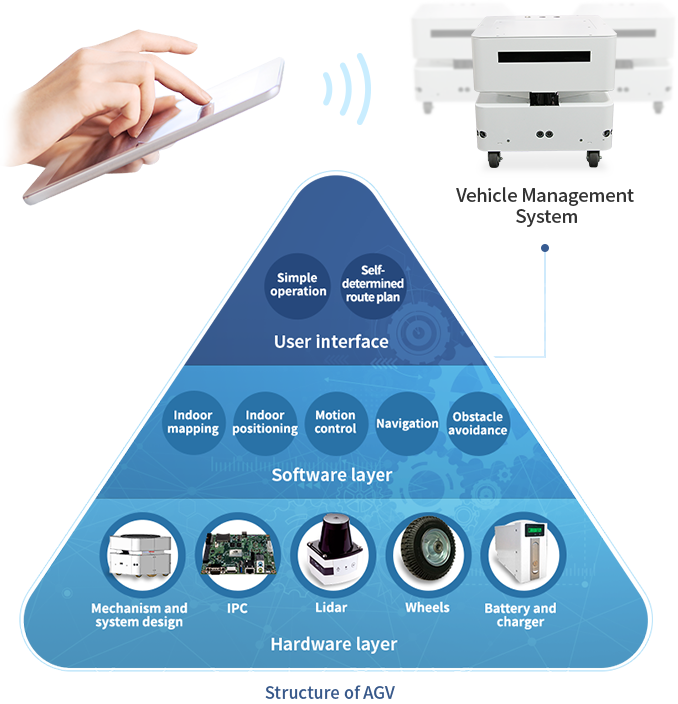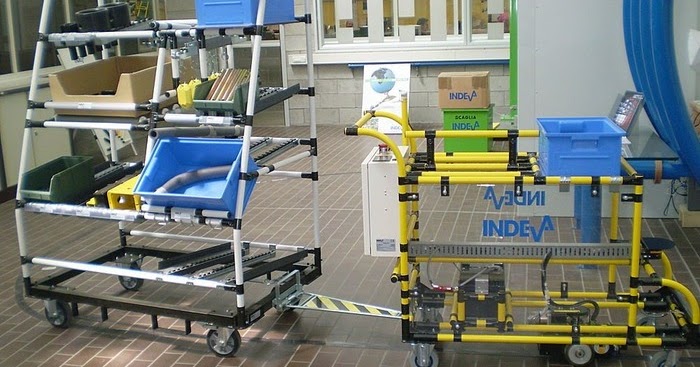

When a certain part of the workshop needs auxiliary materials, the staff will input relevant information to the computer terminal, which will then send the information to the central control room, and the professional technicians will issue instructions to the computer, and with the cooperation of the electronic control equipment, this instruction will be finally accepted and executed by the AGV: the auxiliary materials will be sent to the corresponding location.Ģ、Automation of charging: When the power of the AGV is about to run out, it will send a request command to the system to request charging (generally the technician will set a value in advance) and automatically go to the charging place to "queue" for charging after the system allows. Introduction of the advantages of AGV intelligent handling robot:ġ、High degree of automation: controlled by computer, electric control equipment, magnetic induction SENSOR, a laser reflection plate, etc.


Laser and inertial guidance are two examples of nonlinear guidance that can increase the flexibility and accuracy of the system.Introduction of the advantages of AGV intelligent handling robot

These unit load AGVs are widely accepted in the material handling market because of their multiple functions work platforms, transportation equipment and links to plant control and information systems.ĥ.In the late 1980s, wireless guidance for the AGV system was introduced. The result is 280 computer controlled assembly of the AGV.Ĥ.In the 1970s, the first major development in the AGV industry was the introduction of unit loaders in the mid-1970s. 1.In the early 1950s,the first automated guided vehicle arrived,it is a modified tractor that is used to tow the trailer and overhead wires along the grocery store.Ģ.By the end of the 1950s and early 1960s,traction AGV operated in many types of factories and warehouses.ģ.In 1973, Volvo, Kalmar, Sweden, began developing non-synchronous assembly equipment as an alternative to traditional conveyor assembly lines.


 0 kommentar(er)
0 kommentar(er)
